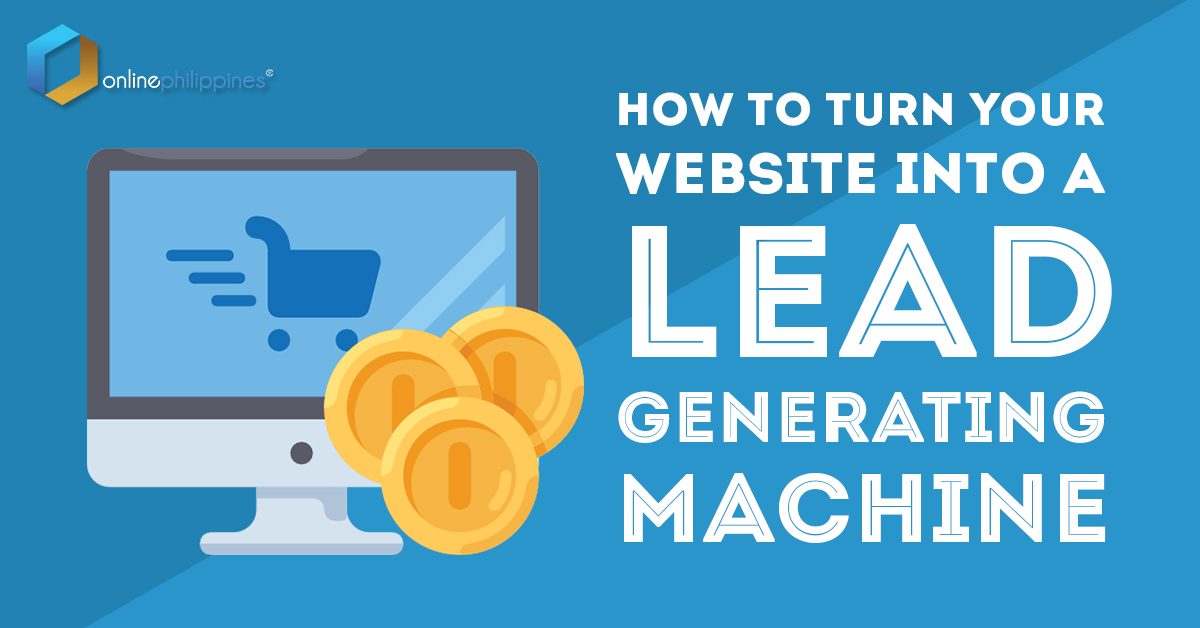
01 Oct How to Turn Your Website into a Lead Generating Machine
Gone are the days where cold-calling, buying email databases for email marketing, knocking door to door, putting up billboards, tarps, flyer distribution, hiring more sales people, and even spending on expensive commercials, were the only options for marketing.
While these are usually the methods used by big corporations with a large marketing budgets, studies have proven otherwise that more and more companies are shifting to digital. For small to medium companies, starting off with digital marketing seems to be a more cost efficient option for promoting their products and services.
Given that majority of consumers nowadays use Google to search for products and services, your website should be the first thing they see when they’re looking for answers! These organic Google searches is the start of capturing your audience into your website, and turning that traffic into qualified leads.
Here are 10 ways you can transform your website into a lead generating machine!
1. Have A Visually Appealing Website
First impressions matter. Your website design represents your company or brand as a whole. A good design presents well curated photos, organized content, good navigation, and properly placed call to actions. Good designs tend to instil trust in the customer and builds credibility for your brand. A good design thinks of the customer experience from the very first click, up to the last, which hopefully leads to a customer inquiring about a product or service.
A bad design consist of too much text, poor quality photos, confusing navigation, unclear objectives of the site, very abstract designs that look good to designers, but are not usable to customers, or chaotic content that confuses the visitor on where to click first. Having a disorganized and haphazard look for your website portrays an image of one that either doesn’t care about your customer’s journey on the website, or one that is not legitimate, which can cause your customers to bounce out of the website, or even avoid it all together.
2. Speed is of the Essence
With our short attention span, having a fast website is key to reducing those bounce outs and encourages a great user experience. No one will wait 3 minutes for a website to load. To improve on your website speed, make sure all your images are optimized and sizes are just right for web view. You can also use a Content Delivery Network for your media files to hasten the loading process. Enable cache to ensure that the next time the person visits the website, that the website has already been pre-loaded, and minify the JS and CSS script of the site.
3. Present Your Products and Services Well
This is probably the most important aspect of having a website that works FOR you. Your website should contain all the information that the customer would need while searching about your product and service. For products, provide complete details such as good quality photos, product specifications, and product description. With services, be sure to include a detailed description of what your service entails. Include product reviews or testimonials of clients to establish trust and credibility with your customers.
This page for example shows what is inclusive of each package and even includes a call-to-action for each type of package.
4. Optimize for Search
Your website content should be optimized for search engines so that your website page will come out in the results page of Google when someone enters your target keyword. Make sure that your website has proper indexing, is mobile friendly, has security measures applied and has the correct keywords in the meta tags of the website. It will also help if you could optimize your on-page content by creating blogs that contain your target keywords.
5. Be Mobile Friendly
Nothing ruins a user’s mobile experience than having to zoom every time and move around the screen just to read your website’s content. Your website should automatically adjust to any screen size to ensure that viewers will have a comfortable browsing experience. The more irate your audience are with your website pages, the more likely they will leave and find another site. Having a mobile friendly website also helps in increasing your Google Search Rankings, which will drive more people to your website.
6. Personalize your Content
Nothing can replace human interaction. With digital marketing, the common notion is that technology will overtake the traditional one on one personal experience that people have with a brand. According to “Content marketing creates a direct connection between businesses and their consumers, but also fosters a deeper relationship beyond the product and the brand.”
With Content Marketing, you get an in depth understanding of the issues your customers face that made them search for your product. Create a first name field on your lead form so that when you connect your email marketing software on your website, your software can add a personalized name on the emails that the users will get. When writing blogs, use words and terminologies that your audience will understand, avoid using technical jargons as these might intimidate your readers into thinking that your product is too complicated to use. You can also set up targeted landing pages for different types of customer segments. This will divide your leads into people who are interested in a particular product of service.
The more customized your content is to your customer’s needs, the more engagement you will get out of your posts.
7. Be the Answer to Your Customers Problems
Building on content personalization, a good way to earn the loyalty and trust of audience is if you are a constant source of solutions to their issues. Don’t know what topics to talk about? How about posting an FAQ on your social media. An example would be, “What is your biggest marketing challenge, as a business owner?”, then encourage people to place their questions in the comment section. Create a blog for the top questions asked since most people do have the same issues and would want to know the answers to their problems.
8. Constantly Update Your Blog
To encourage return visitors, you must continuously update your blog, ideally at least publish 2 articles a month. These do not have to be long articles, a short and sweet list type (like Buzzfeed) will do, just make sure that the topics are of relevance to your customers. Stray away from talking directly about your product but focus more on the lifestyle content that is related to product, news, tutorials, or applications of the product.
9. Content Distribution is Key
Once you have created blogs for your audience, it is important to promote your content. May it be from social media, email marketing, adwords, events, or sponsored ads. As the business owner, you will need to research on where your audience spends time on the most, then promote your content there. For example, if a fashion brand wants to promote their article “10 ways you can wear a scarf”, they could do a research on where fashion-lovers are typically online. If for example, the answer is Instagram, then the company can create an infographic or collage that will introduce the article to their target audience and post it on Instagram, while adding the link for the website in the bio section or in the caption.
By knowing where to distribute your content, you can get the right people to visit your website. So it is helpful to get into the mindset of your target audience, and know where they go online and what time, so you can schedule your postings accordingly.
10. Capture Those Leads!
The moment that someone logs into your website, you have to be able to make them inquire. Create a form at the main copy (the first page the person sees when they load your website), to make it easier for them to ask questions. You can also add a live chat to your website to immediately accommodate questions by your viewers.
BONUS TIP: Follow Through
Once someone enters their information, it is now your job to actually follow through with the inquiry, make sure to respond timely, and add them to your email marketing database (with their permission, of course). You have to nurture the lead until you can move them into the next part of the sales process, may it be through assistance of product purchase, or setting up a meeting.
So there you go, as you have seen above, there is much work to be done after launching your website, to truly make it work for you. But trust us, by putting in the effort, you can definitely be sure that in a couple of weeks you’ll be getting more and more inquiries and sales because of the website. An idle website is considered a cost, so transform into your marketing asset, and soon you’ll think of it as your company’s leg and arm that you can’t live without!

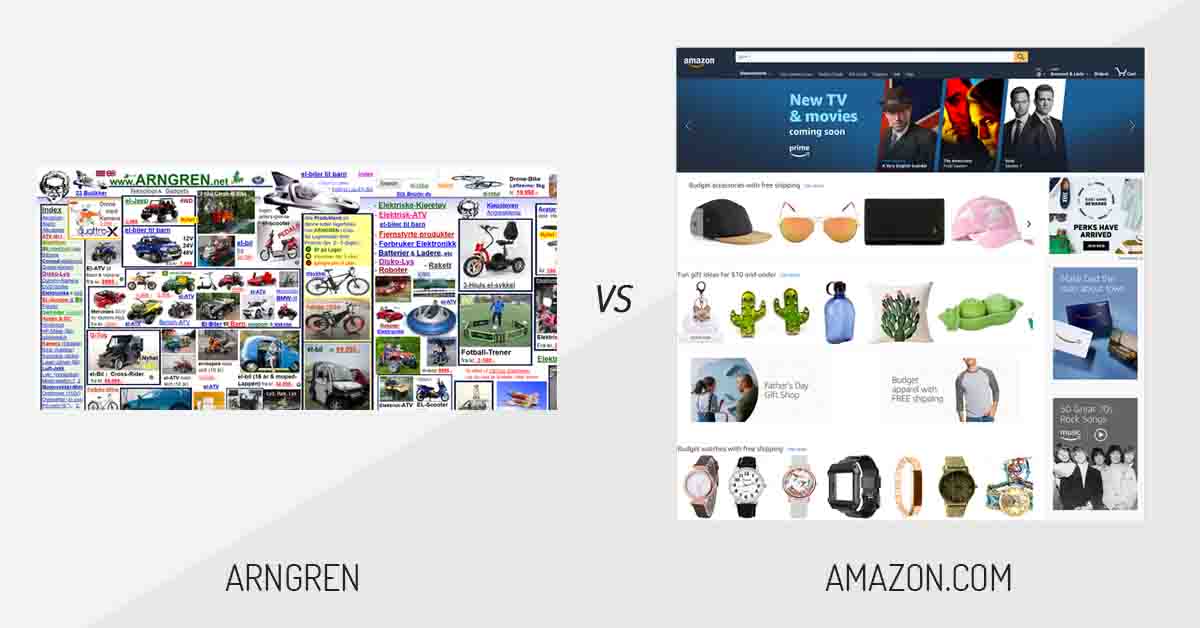



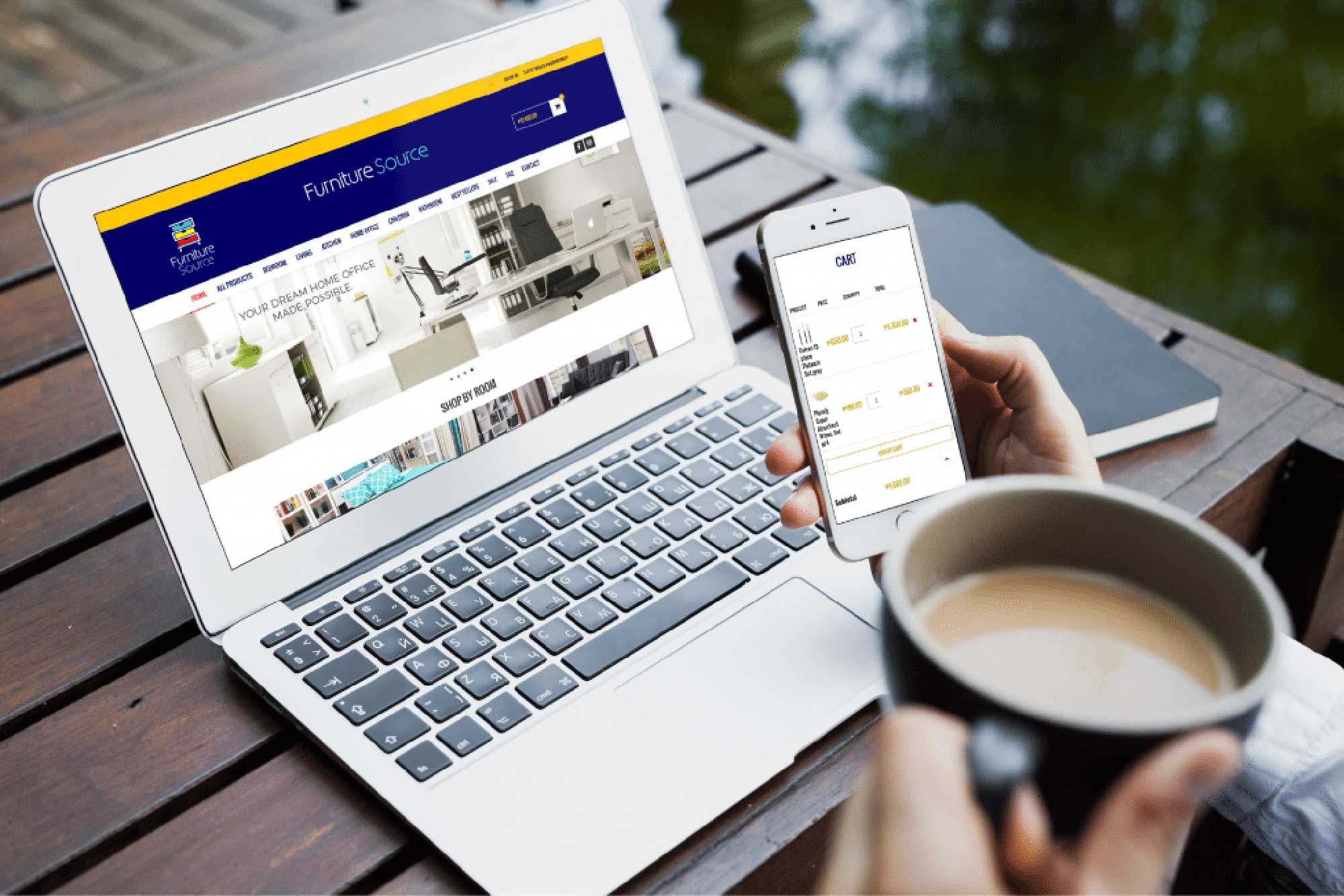


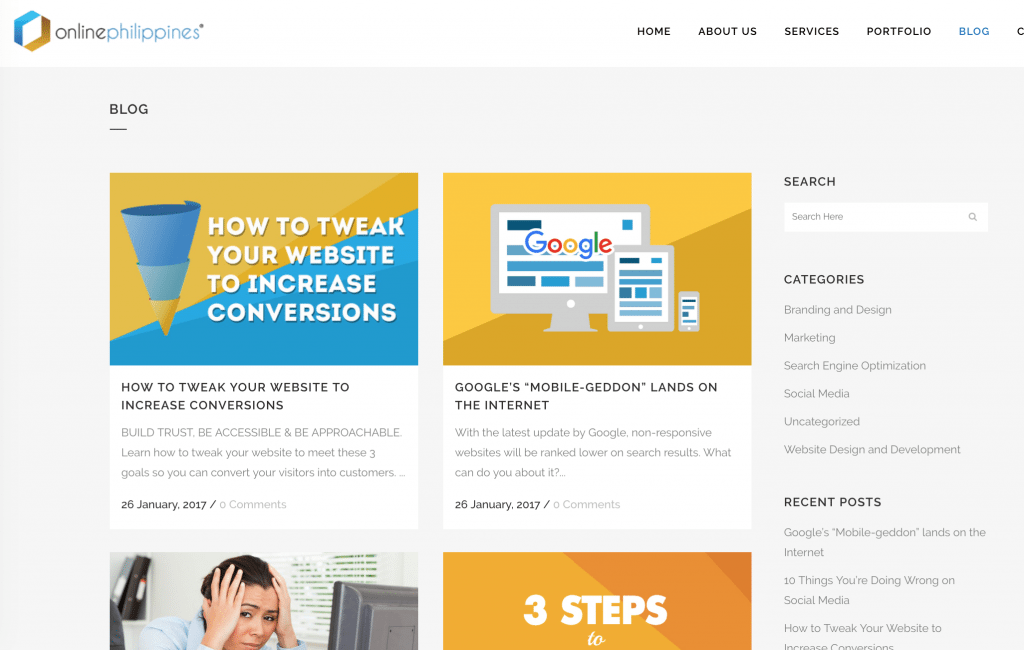

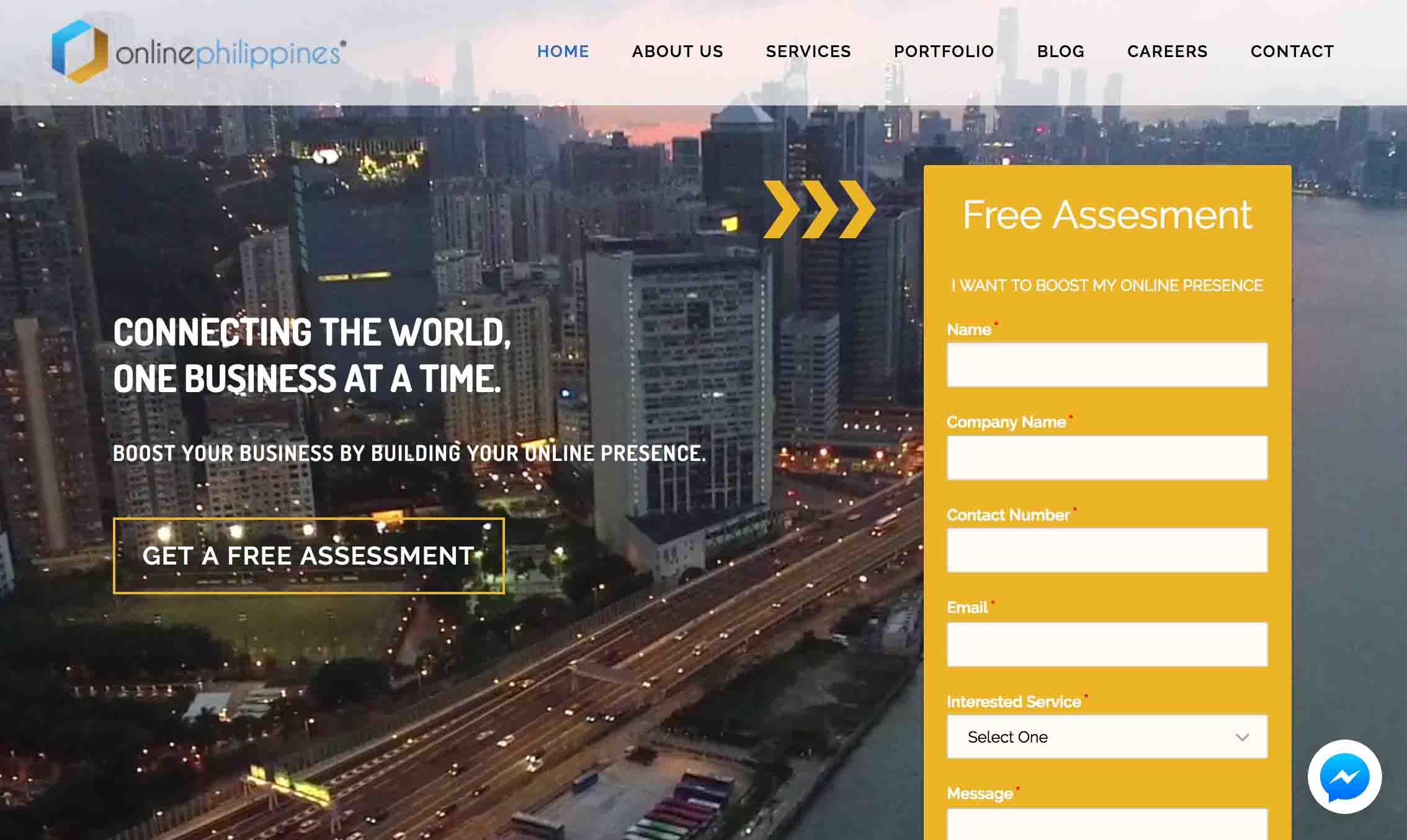

No Comments